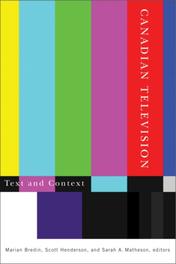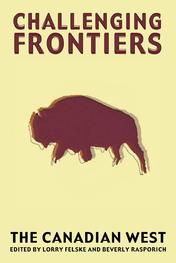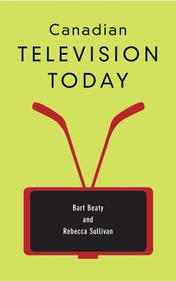Popular Culture

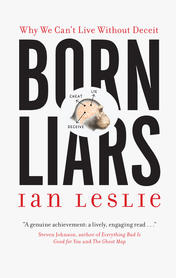
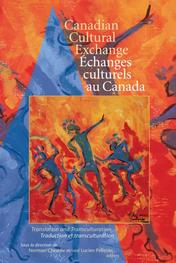
Canadian Cultural Exchange / Échanges culturels au Canada
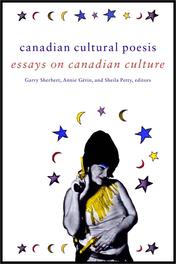
Excerpt from Canadian Cultural Poesis: Essays on Canadian Culture edited by Garry Sherbert, Annie Gérin, and Sheila Petty
From Chapter 6. Marketing Ambivalence: Molson Breweries Go Postcolonial by Cynthia Sugars
The paradox of a unifying Canadian ambivalence is central to Molson Breweries' “I am Canadian ad” campaign. Launched in 1994 and reaching its height in the famous “Rant” advertisement aired on national television (and in movie theatres) in March 2000, the campaign tapped into the subjugated nationalism lurking in the Canadian psyche at a period when nationalist sentiment was thought to be all but extinct. Of course, Molson had been using a “Canadian pride platform” to sell their product well before this. 12 The company's prime product is called “Canadian”; it sponsors Hockey Night in Canada and the Molson Indy, not to mention the prestigious Molson Prize for contribution to the arts; and, in the 1980s, Molson's became a national-cultural symbol through its association with the beer-drinking Canadian archetypes Bob and Doug MacKenzie on SCTV. Molson's had all but cornered the market in Canadian patriotism: “The firm that brought you Canada's first beer (1786) and, for a time, its most glorious hockey dynasty (Les Canadiens) now brings you Canada's most in-your-face patriotism. Never mind beer, Molson has become the purveyor of the national dream, “ wrote one reviewer for the Calgary Herald. 13
Publicity manager Michelle Robichaud stated that there was nothing subtle about the Molson “Rant”, 14 and indeed, on the surface, the text of the ad appears straightforward. The scene opens with a darkened stage, probably a movie theatre, 15 on which stands a solitary microphone. Enter average “Joe Canadian”, dressed in jeans and lumberjack shirt, who shyly begins to address the various stereotypes of Canadian identity. His monologue builds to a crescendo, a “rant”, as he enunciates the numerous ways Canadians are different from Americans. In the process, images of his text are flashed on an immense screen behind him. The “rant” culminates in Joe's final assertion--”I am Canadian! “--and concludes with him mumbling thank you and sheepishly walking off the stage.
My interest is not so much in the nationalist jingoism of the advertisement, but rather in its method--the way that the ad was able to (re)package Canadian nationalism to make it palatable to the seemingly “post-national” audience of the late twentieth century. In effect, by marketing a certain narrative of Canadian postcolonial identity and by dramatizing a central conflict within postcolonial expression more generally, Molson's was able to tap into the conflicted nationalist subtext that informs Canadian culture and identity. Through its self-referential stance, the ad performs a version of national skepticism, for even as it promotes Canadian nationalism, it dramatizes a debunking of national identity constructs. To adapt Homi Bhabha's phrasing, “The Rant” is a nationalist text that performs Canada as a nation “which is not one. “
In a very obvious way, then, “The Rant” invites a postcolonial analysis. A postcolonial commendation of the text might celebrate it as an instance of Canadian expression in the face of American cultural imperialism. It might highlight the ways it pokes fun at national stereotypes and utilizes the celebrated mode of Canadian self-deprecating irony. The ad also attends to the important issue of language, and how a former British colony makes the English language its own. Thus, for instance, Joe rants about how we use the word “chesterfield” to mean couch, and say “zed” instead of “zee”. 16
A postcolonial critique of the advertisement might comment on the ways it espouses conventional liberal values and does so from a young, white, middle-class, Anglo male perspective. The ad, then, speaks to only a select segment of the Canadian population. In one swoop, it excludes Canada's Inuit peoples by distancing “Joe Canadian” from those who eat whale blubber and live in igloos. It evokes a history of conquest and settlement in its allusion to fur traders and lumberjacks, and hence sets itself squarely within the context of European colonialism (Joe, you might say, is the prototype of the white, male settler subject). The speech, in fact, is set to the soundtrack of the stirring anthem of British imperialism, Sir Edward Elgar's pomp and circumstance march, “The Land of Hope and Glory”. It excludes many recent immigrant groups through Joe's claim to speak English and French as his native tongue, and in the clearly Anglo-Saxon names of other Canadians that he may or may not know personally: Jimmy, Sally, or Suzie, and so on. Finally, despite its nod to French Canada, the ad could not be marketed in Quebec, for obvious nationalist (perhaps even postcolonial) reasons. 17 All of this confirms what Himani Bannerji says about the selective nature of the national imaginary: “It is obviously a construction, a set of representations, embodying certain types of political and cultural communities and their operations. “18 Despite its apparent claims to an encompassing and inclusive Canadian identity, “The Rant” calls attention to the gaps within the national rhetoric, spotlighting the very people who are outside its marketing (and nation-making) radar. Some Canadians, the ad suggests, are more Canadian than others. If “The Rant” can be deemed postcolonial at all, it is surely as an instance of a compromised postcolonialism through its invocation of a nation that disavows its fraught origins. In this way, it dramatizes the dilemma at the core of postcolonial theory itself, what Alan Lawson identifies in terms of a “double move [that] might recognize the resistance in nationalisms while recognizing their concomitant containment”. 19
